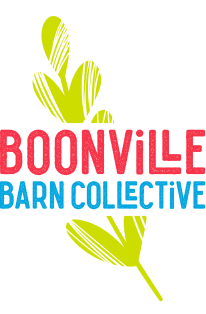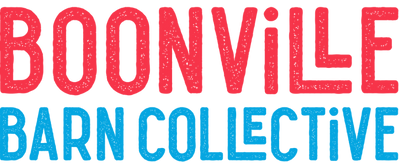As I look out towards a forecast of sun and heat I know my time of ‘idle’ is drawing to a near here in the office. Soon, we’ll be balancing strawberries, planting, and all the other tasks that come with warmer weather. Nacho and Alejandro have already been going at full speed mowing cover crop, tilling the soil, adding amendments like compost, and getting all the beds prepped with irrigation.
I wanted to take a moment to reach out and just say thank you. Thank you for supporting our small farm facing a seemingly uphill battle. Over the past month or so Krissy and I have been digging into the 2022 Census of Agriculture, whose results were recently published by the U.S. Department of Agriculture. This survey is completed every 5 years and is as complete a count as possible of all farms and ranches in both rural and urban America that produce at least $1,000 worth of agricultural goods.
For those looking for a quick read - feel free to stop here, but if you want to join me on a dive into the stats on this lovely Sunday, read on!
Digging In
The results are … a bit grim.
Marion Nestle and
The Guardian have done a good job summarizing the high level findings of the reports;
“Large farms – which includes mega operations with hundreds of thousands of acres – account for only 4% of the total number of farms, but control two-thirds of US agricultural land. The largest – with sales of $5m or more – accounted for fewer than 1% of all farms but 42% of all sales. The consolidation of American agriculture continues, despite a commitment by the USDA secretary, Tom Vilsack, a former big dairy executive, to shore up small and midsize farm operations.”
Oof. What this says is that staying in farming is becoming harder and harder unless you are a multi million dollar farm with hundreds of thousands of acres.
To paint an even more sad picture of American agriculture, 53% of the total ag sales in the US in 2022 weren’t really for human consumption. Corn and soy are the top two most lucrative crops. Much of which is then fed to animals, turned into ethanol, or exported.
In California (and Mendocino County)
Because the winter drug on with lots of rain here in Boonville, and Krissy and I are nerds and like looking at this data, we dove deeper into what we could learn about California and Mendocino County:
- In California, 82% of vegetable farms are under 15 acres, but account for just 3% of total farmland in the state. [Our farm is 10 acres total which includes chiles, beans, strawberries, and olives]
- In Mendocino county there are 64 farms growing vegetables with just $1,511,000 in combined sales. [We account for a much larger share of this than we had previously realized]
- Depending on which way you slice the data there are 975 farms in Mendocino with a total acreage of 677,787 acres. [30% of all the land in Mendo County, most of which is in timber, vineyards and pasture]
- Additionally, there are 11 of us growing peppers that are not bell peppers, but on a combined total of just 5 acres. [Our farm has 4 of those acres of peppers]
- And finally, shout out to the one person who is raising 40 Turkeys somewhere in Mendocino county!
Off Farm Income
I think it bears repeating the findings that “About 84% of all U.S. farm households earn the majority of their total household income from off-farm sources and often use off-farm income to cover some portion of farm expenses,” the report states. “As farm size increases, the percentage of households relying on off-farm income decreases.”
This means that at least one person who owns and works on a farming operation has another job they go to or another way they make money. It can also mean that if a farm is run by an individual, it might not be their main source of making money and they might need to have a second job to actually keep the farm afloat.
This, unfortunately, is nothing new. But either the conversation about it, or just the need for ‘off business’ income has grown since the pandemic. Our good friend and mentor Heather Marold Thomason recently wrote about declaring personal bankruptcy after closing her butcher shop in Philadelphia, and linked to another article echoing the importance of having a partner who doesn’t work in the business. [In complete honesty, our farm does a really great job of supporting 3 people full time as well as the folks we hire during planting, harvesting, and processing seasons, but doesn’t actually make enough money to support both Krissy and I. We have another business (vineyard management!) that supports us (me) financially which means we’re very much another statistic here.]
That said, as I read these articles and statistics I can’t help but
- feel so incredibly thankful for you, our customers and supporters in what we’re doing, and
- wonder how we build the community-based networks that might alleviate some of the challenges we’re all starting to face.

Is there a positive solution?
So what can we collectively do about things like this? I wish I had a magic solution, but I think the challenges are somewhat ingrained in society. Financially supporting the small farms you love (like us!) and those who might be near you is crucial. So is sharing why you love local producers and shops with your friends and family.
If consistently supporting small farms with your weekly grocery shopping isn’t possible, commit to finding the farms you want to support directly with the funds you have available. This doesn’t always mean having to go to the farmers market or a farmstand with cash instead of a credit card. It can mean looking for locally made products at your grocery store and buying produce that is in season.
Eating seasonally generally means the store is able to source from farms closer by instead of having to import things like tomatoes from Mexico in the middle of winter.
And outside of buying things as the solution, I continue to learn about alternative financial systems as one of many paths forward. I sit as president of the board of our local food coop, am fascinated by the Colorado Solidarity Fund, long pondered how to replicate Salish Sea Cooperative Finance in my watershed, and we have funds invested with GoSteward, a company focused on offering lower (but probably not low enough) interest loans to regenerative agriculture projects.
Thanks for joining me on my ramblings. We don’t often send with this level of detail, but figured I’d give it a go. If you have thoughts and other ideas, I’m all ears, but it might take me a sec to respond as the season kicks off!
With gratitude,
Gideon





